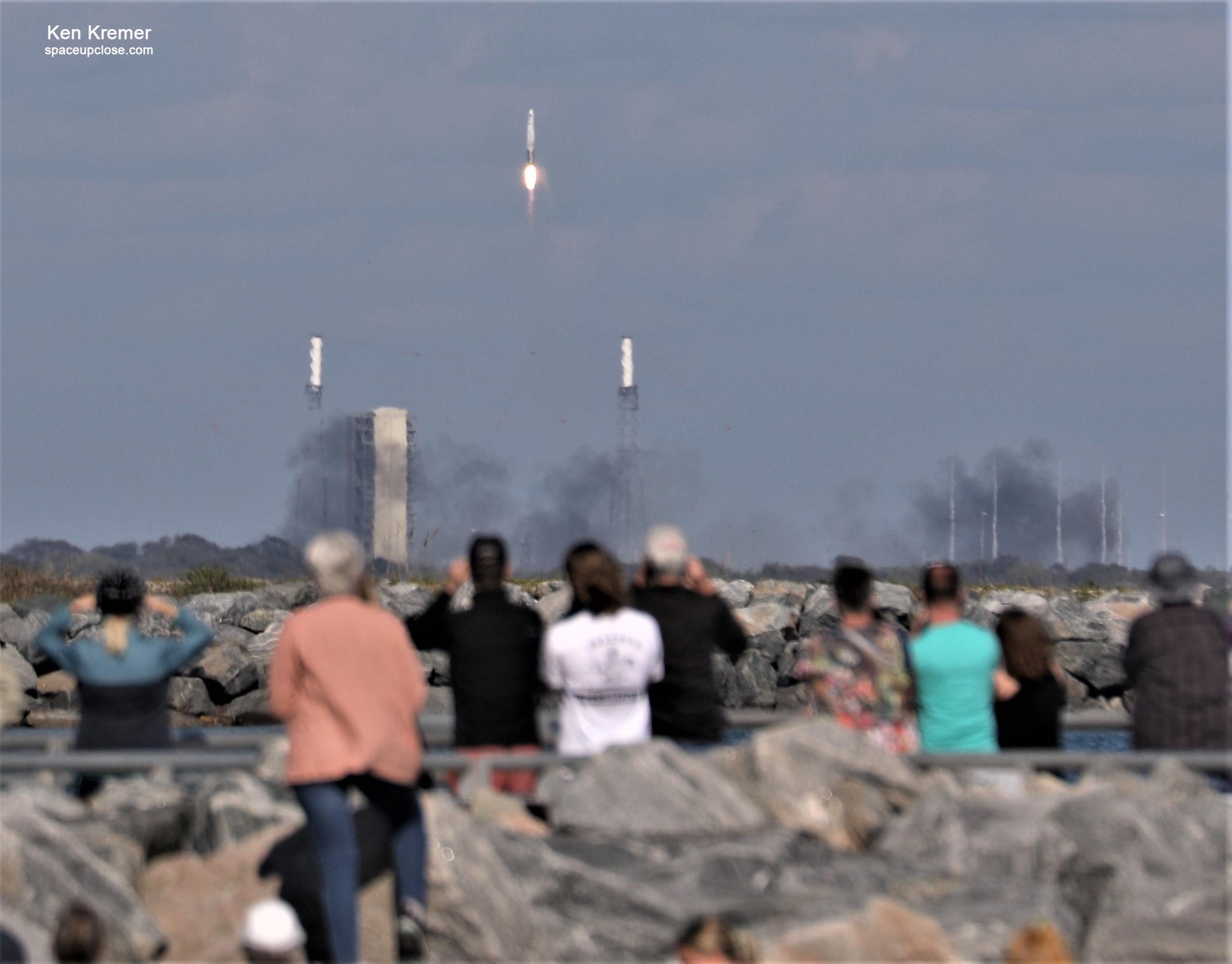
For SpaceUpClose.com & RocketSTEM
JETTY PARK, FL – It was a valiant effort that came up short as the 1st attempt by new launch provider Astra to launch their 3.3 rocket on an experimental demonstration mission sponsored by NASA failed to deliver four cubesats to low Earth orbit from Florida’s Spaceport, Thursday afternoon, Feb. 10, when an anomaly took place during separation of the first and second stages under near perfect weather conditions and the payloads were destroyed.
For the first three minutes after liftoff everything appeared to go very well during the first stage burn of Astra’s small sat rocket powered by five Delphin engines and dubbed LV0008 – until stage separation when the second stage and NASA and university payloads tumbled out of control as seen during the live broadcast furnished by NASA Spaceflight.com in cooperation with Astra.
The inaugural flight of the tiny 43 foot tall (13.1 m) tall Astra launch vehicle from Cape Canaveral finally took place on the third launch attempt after counting down all the way to T Zero and ignition of the first stage engines at 3:00 p.m. EST (2000 GMT) Feb. 10 and liftoff from Space Launch Complex 46 (SLC-46) at Cape Canaveral Space Force Station, Florida.
The Astra rocket had reached an altitude of about more than 85 miles (140 kilometers) when the upper stage and payload began tumbling out of control in the broadcast views.
After the apparent failure, Carolina Grossman, Astra’s director of product management, said during the live broadcast that the rocket did not reach orbit.
“Unfortunately, we heard an issue has been experienced during flight that prevented the delivery of our customer payloads to orbit today,” Grossman said. “We are deeply sorry to our customers.”
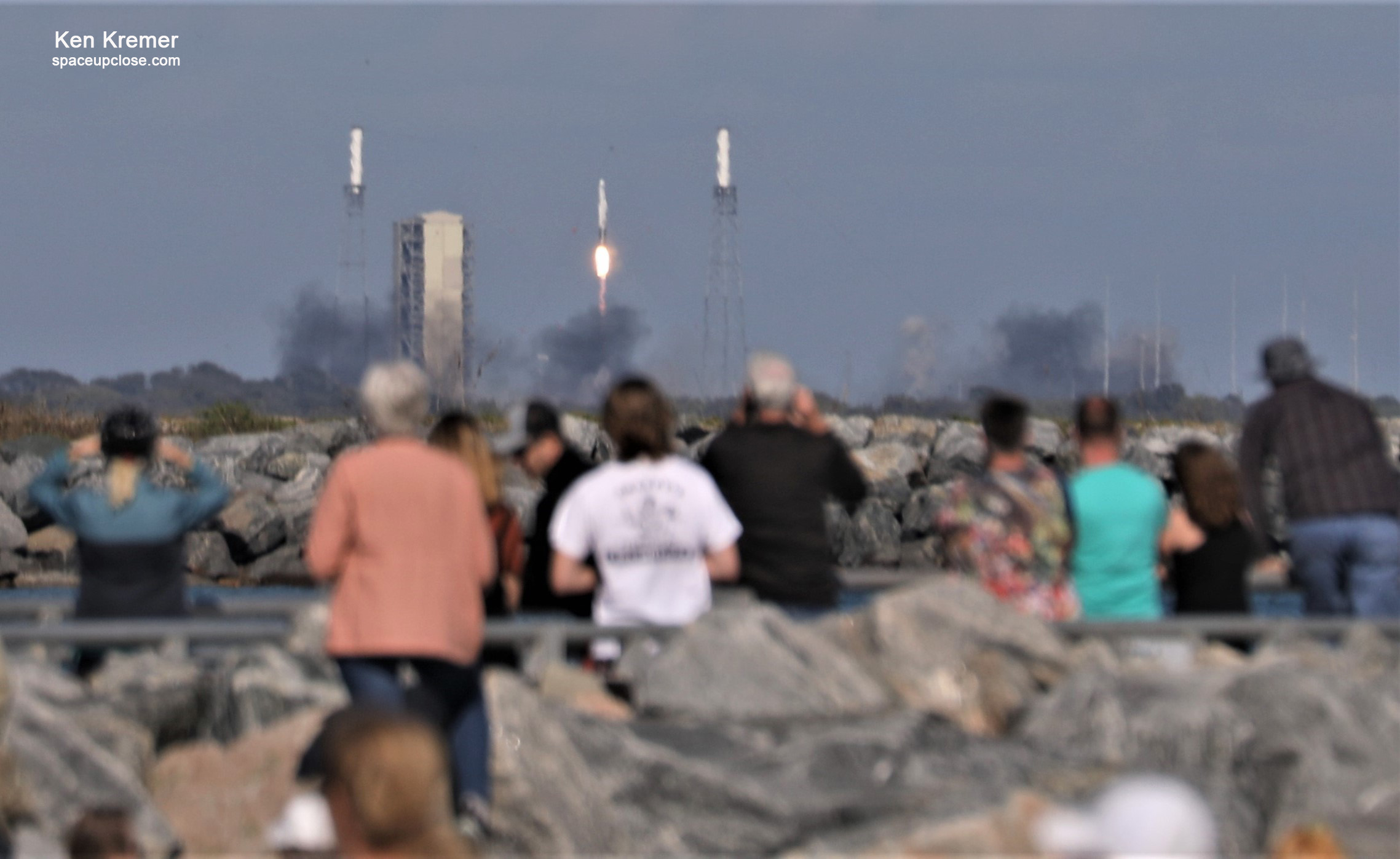
The live broadcast feed then ended.
Astra will now need to conduct a thorough investigation together with NASA and the FAA of all hardware, software and telemetry
Astra apologized to NASA and their customers
“We experienced an issue during today’s flight that resulted in the payloads not being delivered to orbit.”
“We are deeply sorry to our customers @NASA and the small satellite teams. More information will be provided after we complete a data review,” Astra tweeted.
We experienced an issue during today's flight that resulted in the payloads not being delivered to orbit.
We are deeply sorry to our customers @NASA and the small satellite teams. More information will be provided after we complete a data review.
— Astra (@Astra) February 10, 2022
“We experienced an issue in today’s flight. I’m deeply sorry we were not able to deliver our customer’s payloads. I’m with the team looking at data, and we will provide more info as soon as we can,” tweeted Astra CEO Chris Kemp.
We experienced an issue in today's flight. I'm deeply sorry we were not able to deliver our customer's payloads. I'm with the team looking at data, and we will provide more info as soon as we can.
— Chris Kemp (@Kemp) February 10, 2022
Despite its small size, there was a lot of public interest in the launch and a big crowd gathered at Jetty Park Beach and Pier for this third launch attempt following two scrubs on Feb. 3 & 7 – as seen in my launch photos, daylight streak and prelaunch photos below.
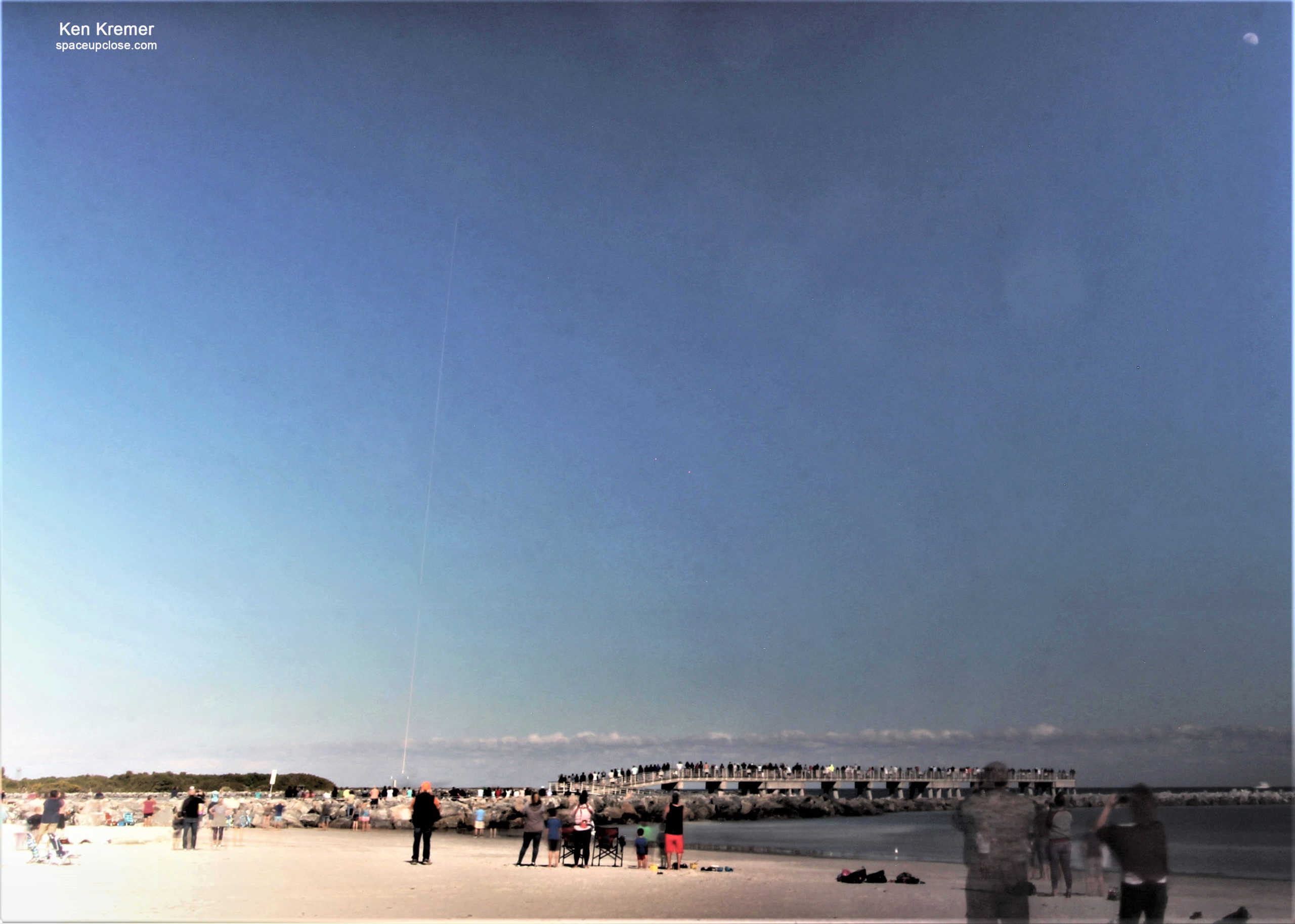
Enjoy our photos of the Astra launch and prelaunch campaign taken by Ken Kremer for Space UpClose.
We media were not permitted to watch the launch from on-site at the Cape and therefore observed from public viewing locations.
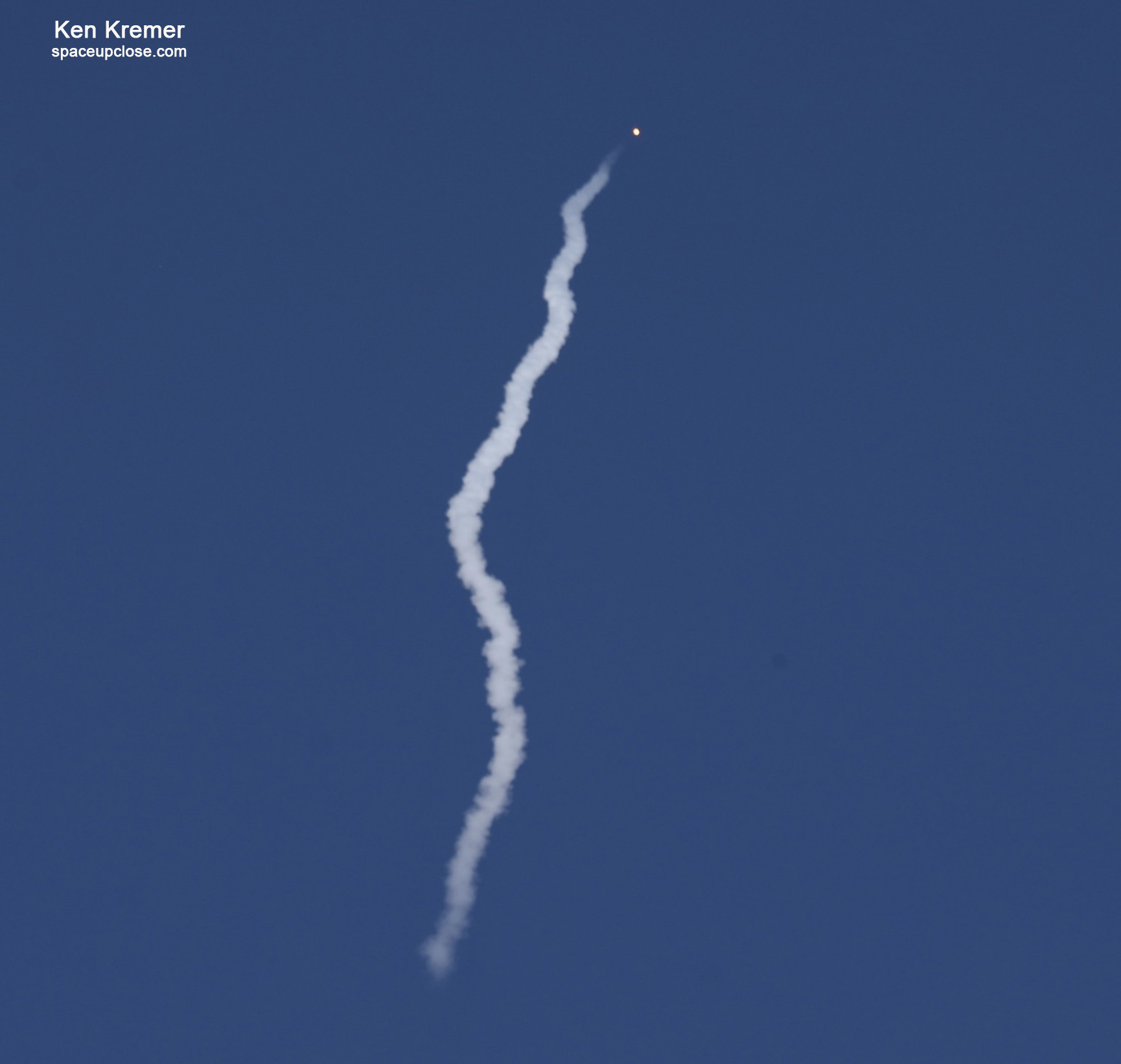
This was the fourth launch failure for Astra out of five attempts
My opinion is this represented solid progress since the first stage worked well and Astra demonstrated that could safely recover from a launch ignition abort and recycle for another attempt.
“Rockets and Space are hard! Operating on the knifes edge.”
“Look at SpaceX. They had several failures when they first started and almost didn’t survive. Look where they are today.”
“You cant’ give up. If you have no spirit you’ll never accomplish anything,” Dr. Ken Kremer of Space UpClose told Fox 35 Orlando and Spectrum 13 News.
Astra needs to go back to the lab. Analyze the data. Review all software/hardware/telemetry data. Determine root causes. Fix what went wrong. Verify and validate and implement changes. And then try again and make it work!
In response to the launch failure the price of Astra stock dropped significantly. Nearly 50%
My response to that is – the people on Wall Street are total idiots!
They know nothing about science and the difficulties of technology development and creativity- and are complete incompetents! Nothing but bean counters who cant create anything. We would be lost as a civilization if we depended on them.
They are only good at greed and making a quick buck and destroying jobs and killing the future – totally lacking in any forward vision and comprehension of what it takes to launch rockets safely, reliably. repeatedly and robustly.
Astra will need to work hard to correct any deficiencies and then set a new demonstration mission target date – since they hope to compete to launch more small sats in the growing small sat market in the future
Astra was attempting to launch their tiny new Rocket 3.3 also known as LV0008 on the ELaNa 41 mission carrying four small cubesats sponsored by NASA. ElaNA means Educational Launch of Nanosatellites
Astra was awarded a $3.9 million launch contract from NASA for the ElaNa 41 cubesat mission
The Astra rocket is fueled with liquid oxygen (LOX) and highly refined kerosene
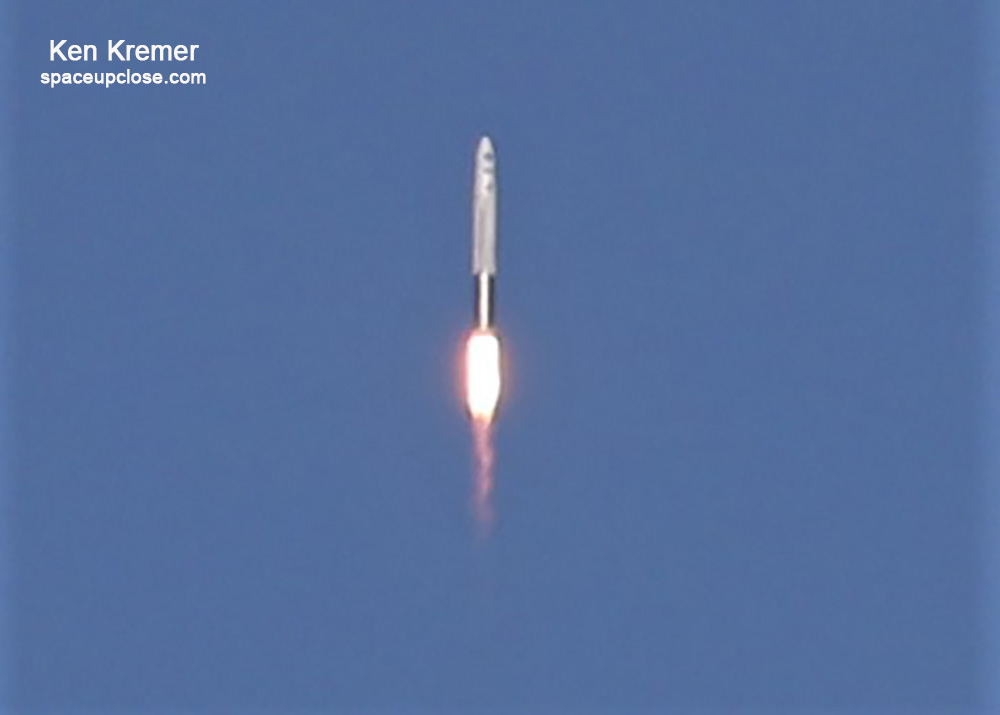
Astra is a new launch provider targeting the burgeoning and highly competitive small satellite market with their tiny 43 foot (13.1 m) tall launch vehicle which would be the smallest ever to launch to orbit from the Cape. It measures 52 inches (1.3 meters) in diameter.
The rocket and launch system are designed to be mobile and fit inside a standard railroad box car and can launch from multiple launch sites including Cape Canaveral, Kodiak Island, Alaska and Vandenberg SFB, Calif.
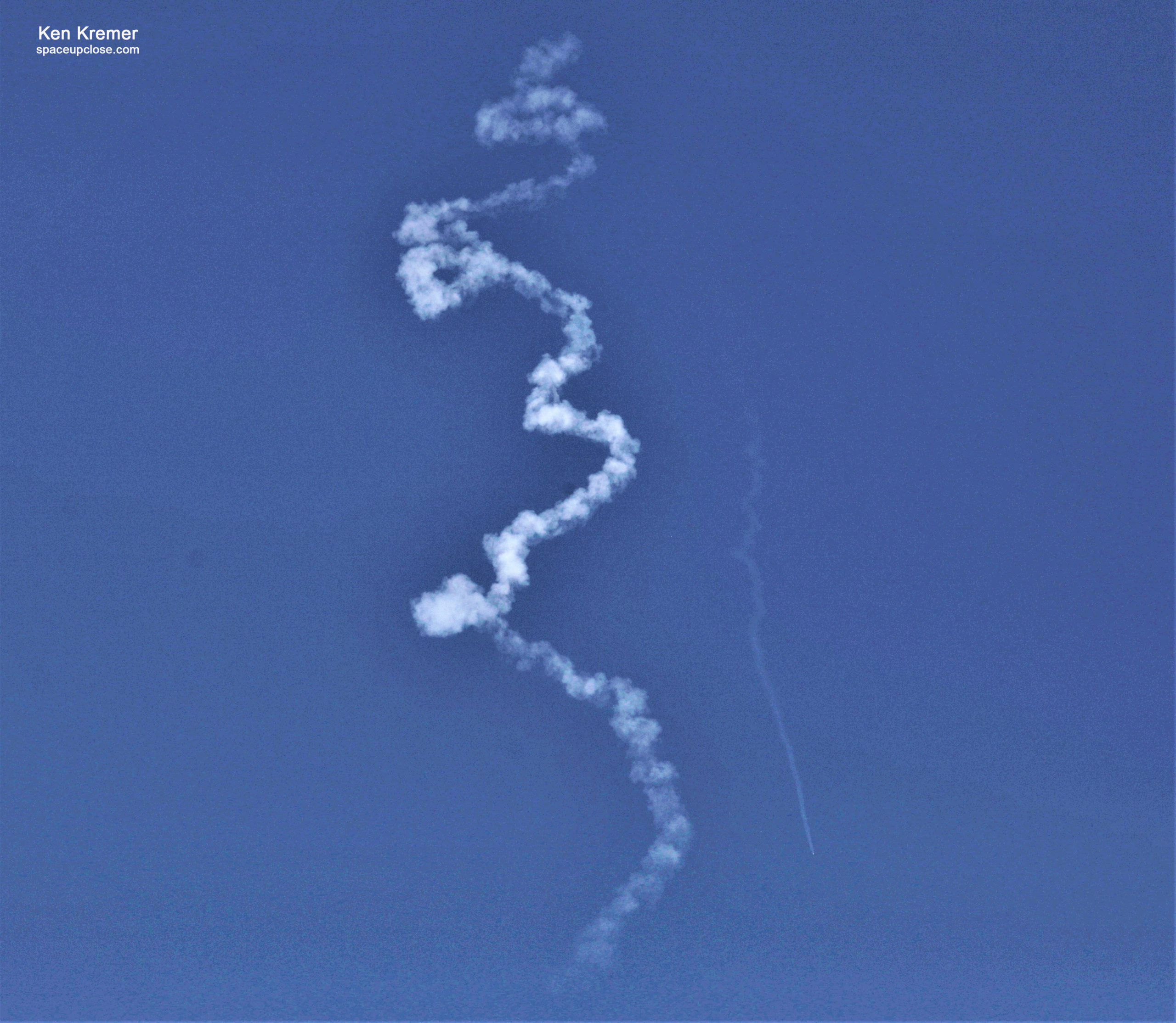
The Rocket 3.3 is capable of carrying payloads of up to 110 pounds (50 kilograms) into an orbit at an altitude of 310 miles (500 kilometers).
This mission was flying to an orbital inclination of 41 degrees.
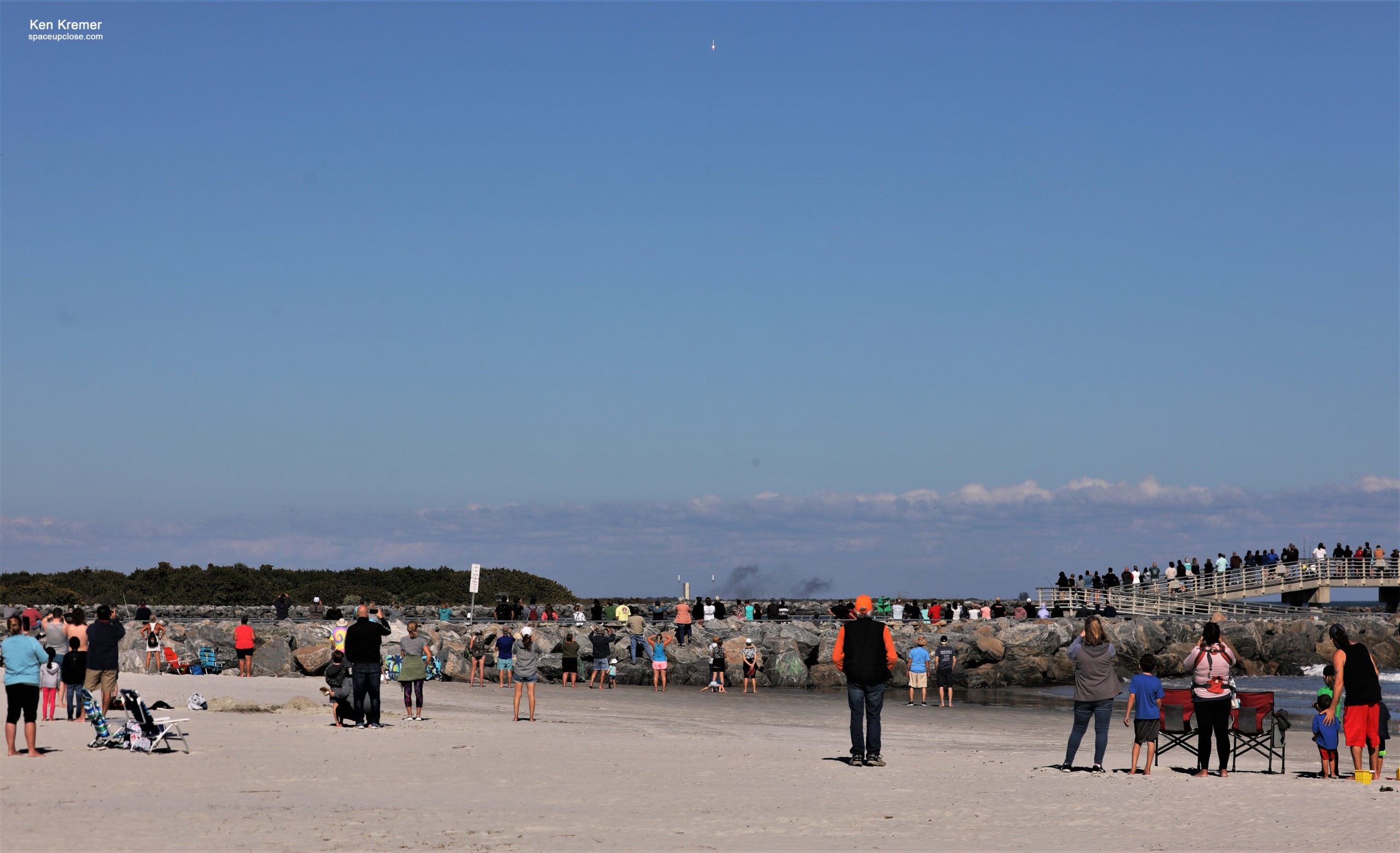
The NASA Elana 41 mission was comprised of 4 cubesats about the size of a toaster oven – one from NASA’s Johnson Space Center as well as three from universities.
These student-built satellites are set to go to space tomorrow!
CubeSats from @UofAlabama, @NMSU, @UCBerkeley, and @NASA_Johnson are scheduled to lift off Feb. 5 on @Astra's ELaNa 41 mission—get the details: https://t.co/avzicYd9tX pic.twitter.com/22VFa5BQDW
— NASA (@NASA) February 4, 2022
The Astra Rocket 3.3 mission is contracted by NASA Launch Services Program under the Venture Class Launch Services Demonstration 2 contract.
NASA’s first launch under the Venture Class Launch Services Demonstration 2 contract is targeting NET Feb. 5. @Astra's Rocket 3.3 is set to lift off from Cape Canaveral Space Force Sation carrying the agency's ELaNa 41 mission: https://t.co/gz5NuK2xKm pic.twitter.com/4vqD48BEdw
— NASA's Launch Services Program (@NASA_LSP) February 1, 2022
NASA’s venture class contracts seek to encourage development of a new class of small launch vehicles and launch providers.
Top NASA managers understood the risk and rewards and see this as valuable im bring new low cost launch providers online to increase competition and cuts launch costs.
Although today’s launch with @Astra did not go as planned, the mission offered a great opportunity for industry developing new launch capabilities, and CubeSat developers – including colleges and universities – to gain valuable experience building small satellites. (1/3) pic.twitter.com/c3cJEjpEw4
— Kathy Lueders (@KathyLueders) February 10, 2022
“Missions like these are critical for developing new launch vehicles in this growing commercial sector,” said Hamilton Fernandez, mission manager with NASA’s Launch Services Program. “The Astra team demonstrated dedication to supporting NASA’s mission. The lessons learned will benefit them and the agency going forward.”
Astra, of Alameda, California, provides launch services to NASA under a Venture Class Launch Services contract, managed by the agency’s Launch Services Program based at Kennedy Space Center in Florida.
“Our objective is to successfully launch and deploy the 4 spacecraft for NASA. This will be our first mission deploying satellites, our first launch for NASA, and our first launch from Cape Canaveral, Florida,” says Astra.
The Astra rocket is powered by five first stage Delphin engines which generate only 32,500 pounds of liftoff thrust
To date Astra has now mounted only one successful launch in five attempts overall since 2020.
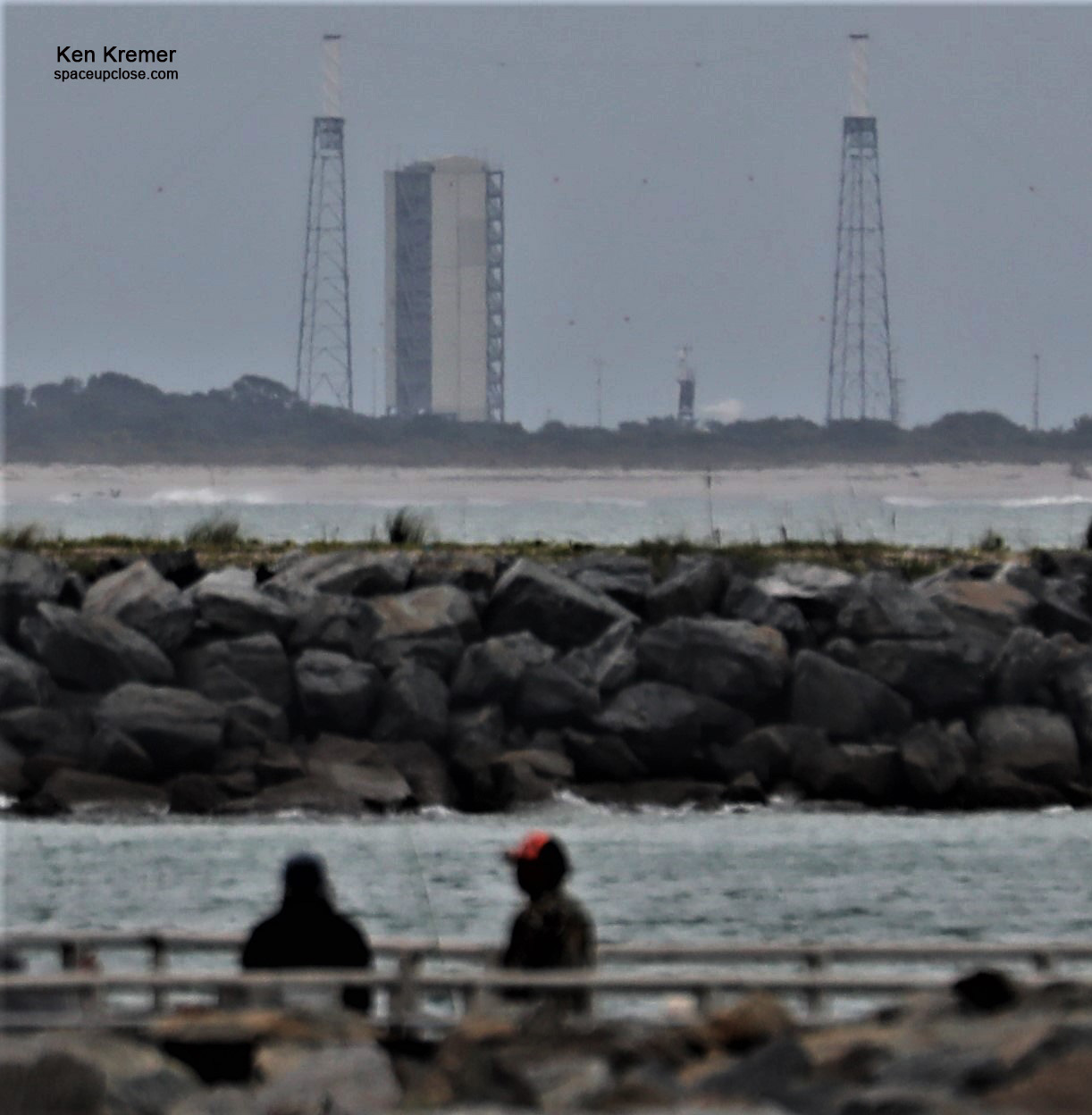
Watch Ken’s post launch commentary at Fox 35 Orlando and Spectrum News 13 Orlando about the Astra launch failure on the NASA mission with their Rocket 3.3
https://www.fox35orlando.com/video/1034203
‘Look at SpaceX. They had several failures when they first started and almost didn’t survive. Look where they are today.”
“You cant’ give up. If you have no spirit you’ll never accomplish anything,” Dr. Ken Kremer of Space UpClose told Fox 35 Orlando News.
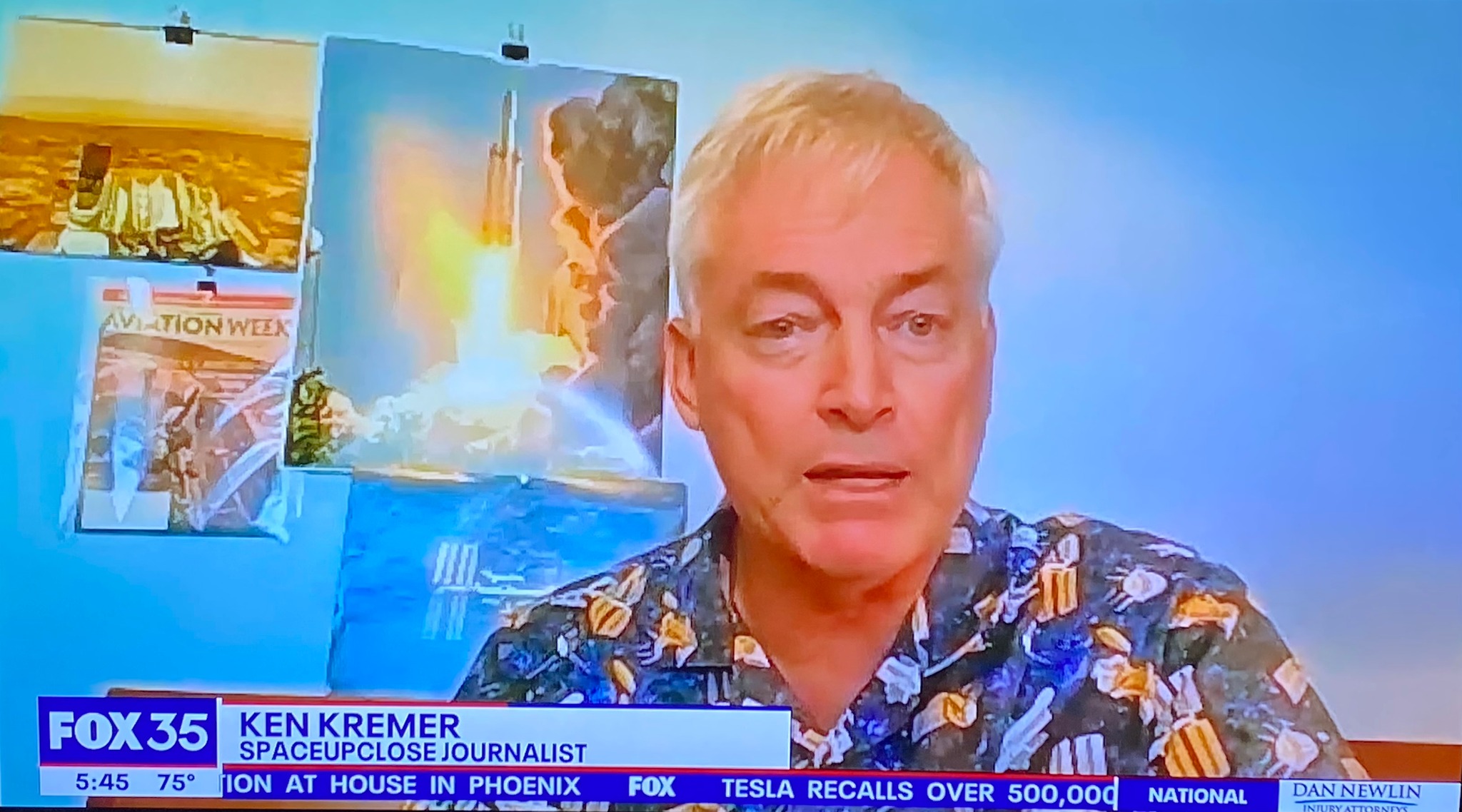
Watch Ken’s prelaunch commentary at WFTV ABC 9 Orlando News about Astra space targeting 1st Space Coast launch on a NASA mission with their Rocket 3.3
Watch Ken’s continuing reports about SpaceX Crew and Cargo Dragons, SpaceX Starlink, Artemis, SLS, Orion and NASA missions, DART, Lucy Asteroid mission, Blue Origin and Space Tourism, Commercial Crew and Starliner and Crew Dragon and onsite for live reporting of upcoming and recent SpaceX and ULA launches including Crew 1 & 2 & 3, ISS, Solar Orbiter, Mars 2020 Perseverance and Curiosity rovers, NRO spysats and national security missions and more at the Kennedy Space Center and Cape Canaveral Space Force Station.
Stay tuned here for Ken’s continuing Earth and Planetary science and human spaceflight news: www.kenkremer.com –www.spaceupclose.com – twitter @ken_kremer – email: ken at kenkremer.com
Dr. Kremer is a research scientist and journalist based in the KSC area, active in outreach and interviewed regularly on TV and radio about space topics.
………….
Ken’s photos are for sale and he is available for lectures and outreach events
Please consider supporting Ken’s work by purchasing his photos and/or donating at Patreon:
https://www.patreon.com/kenkremer
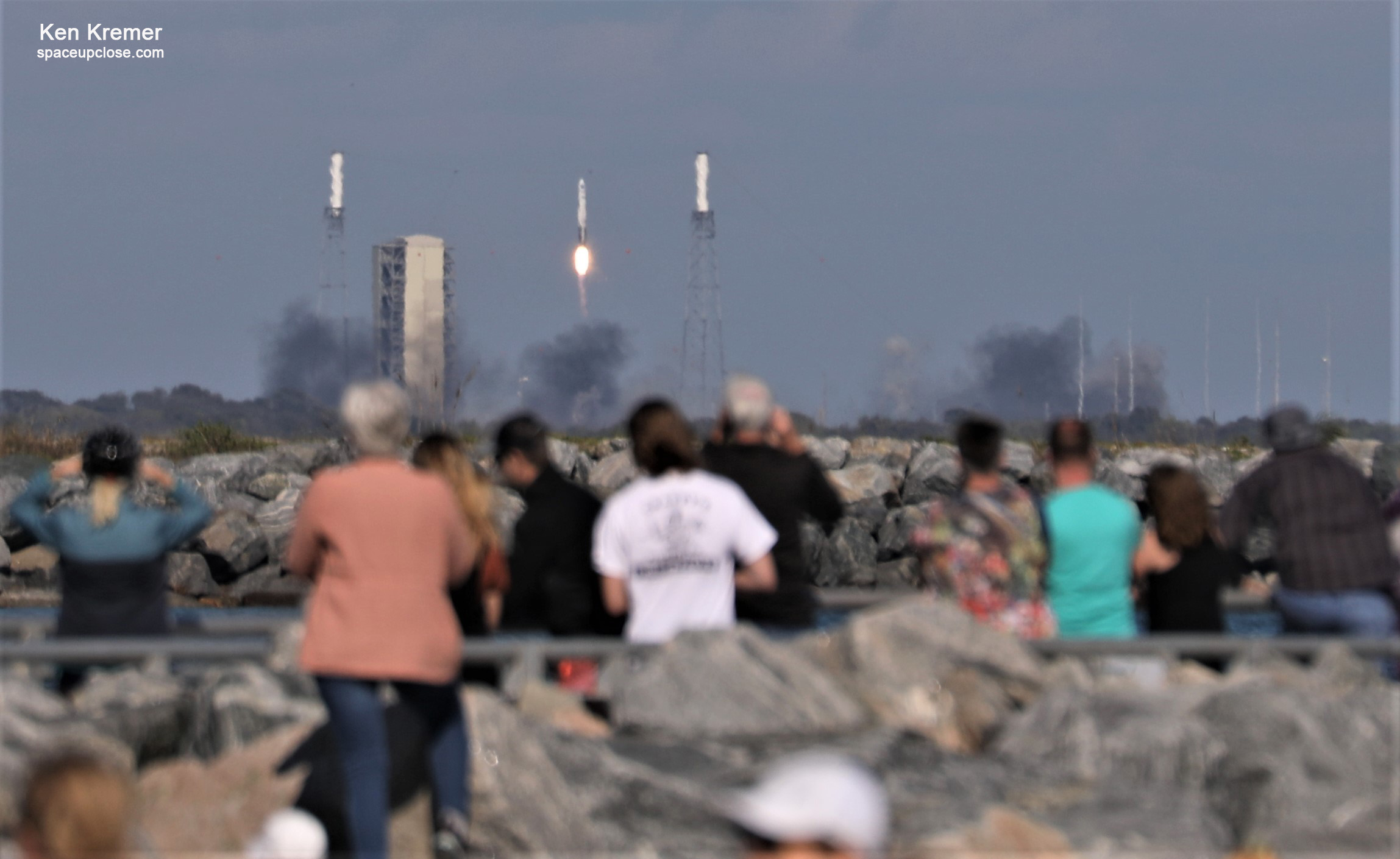
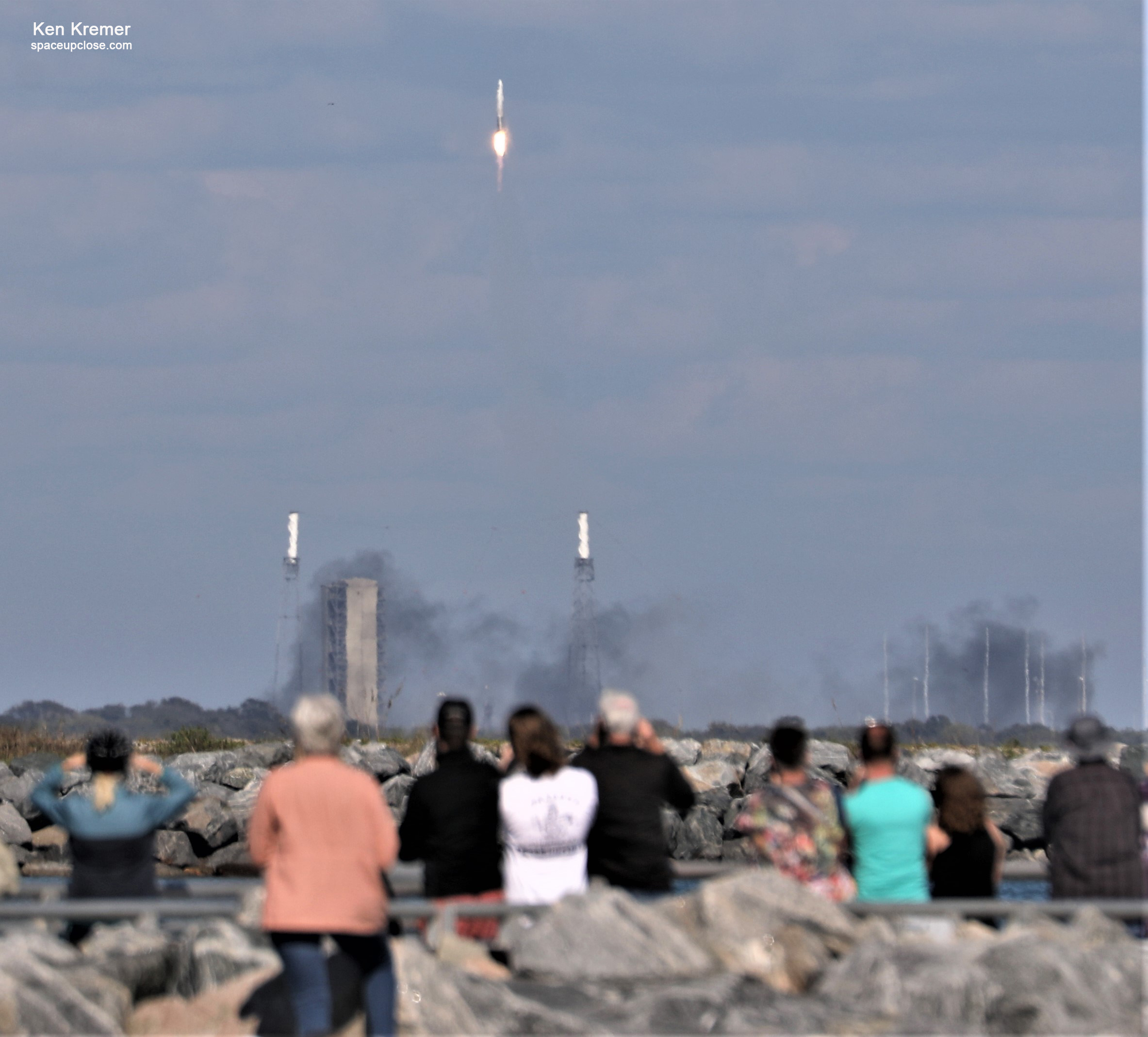
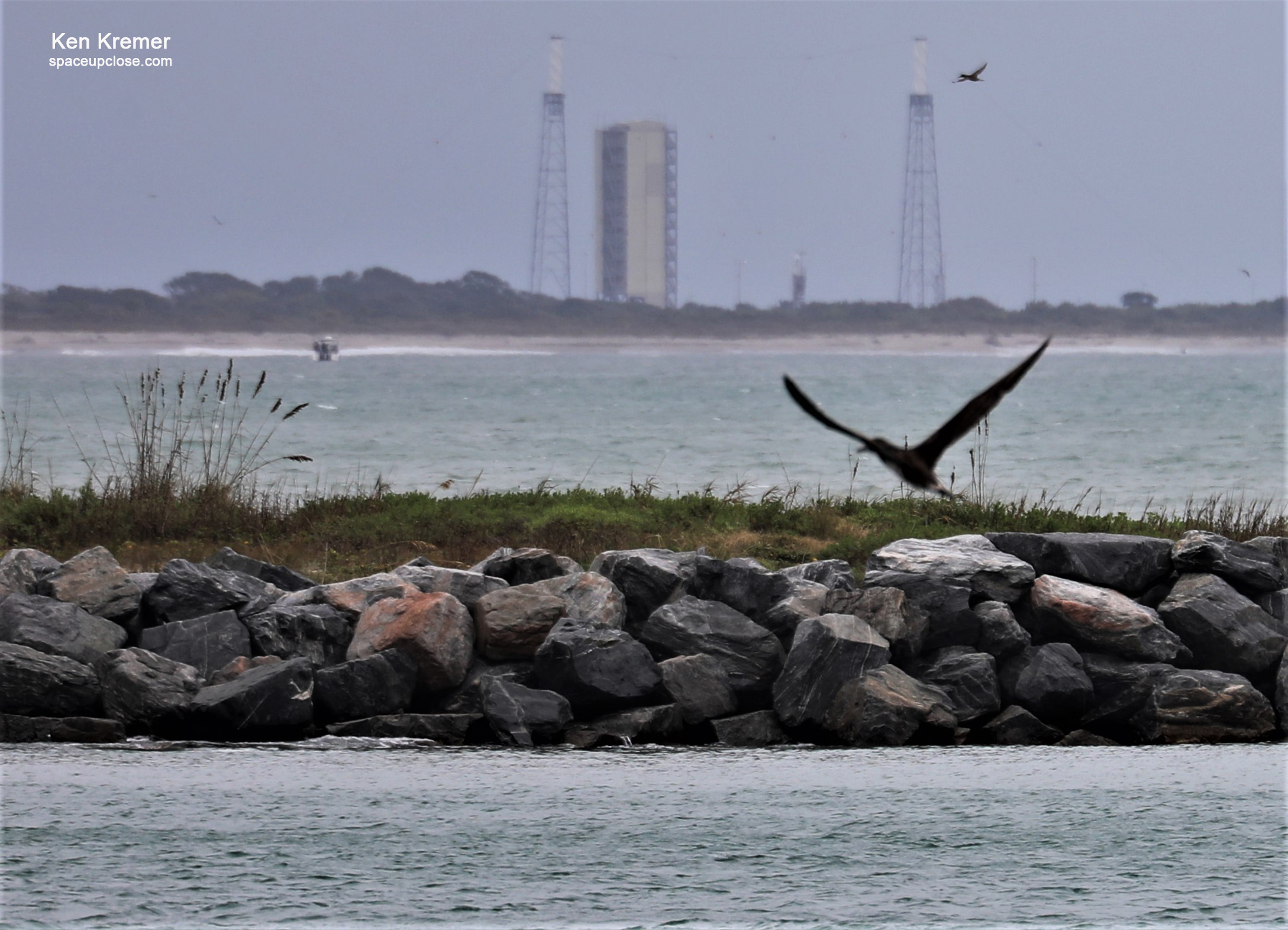
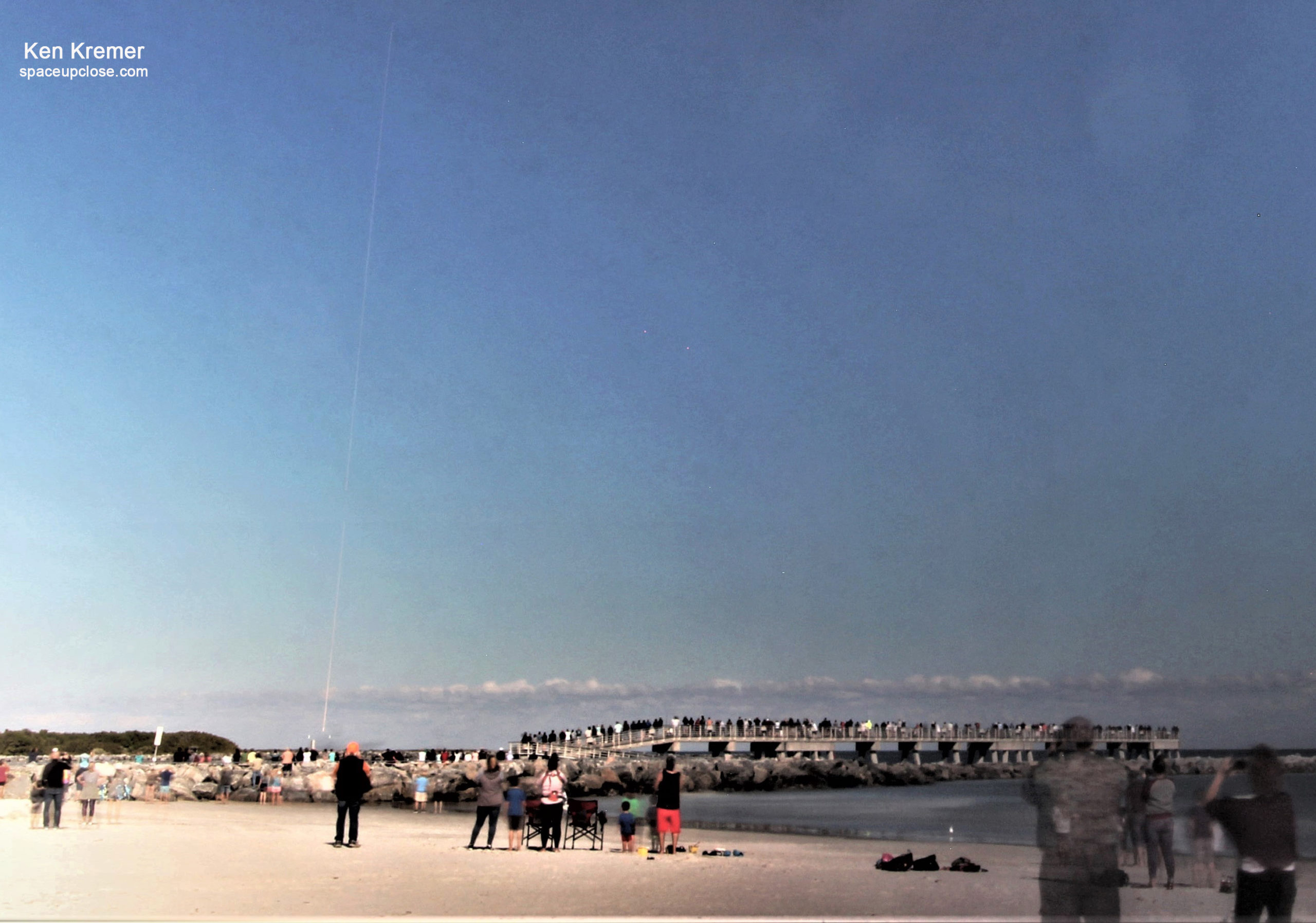
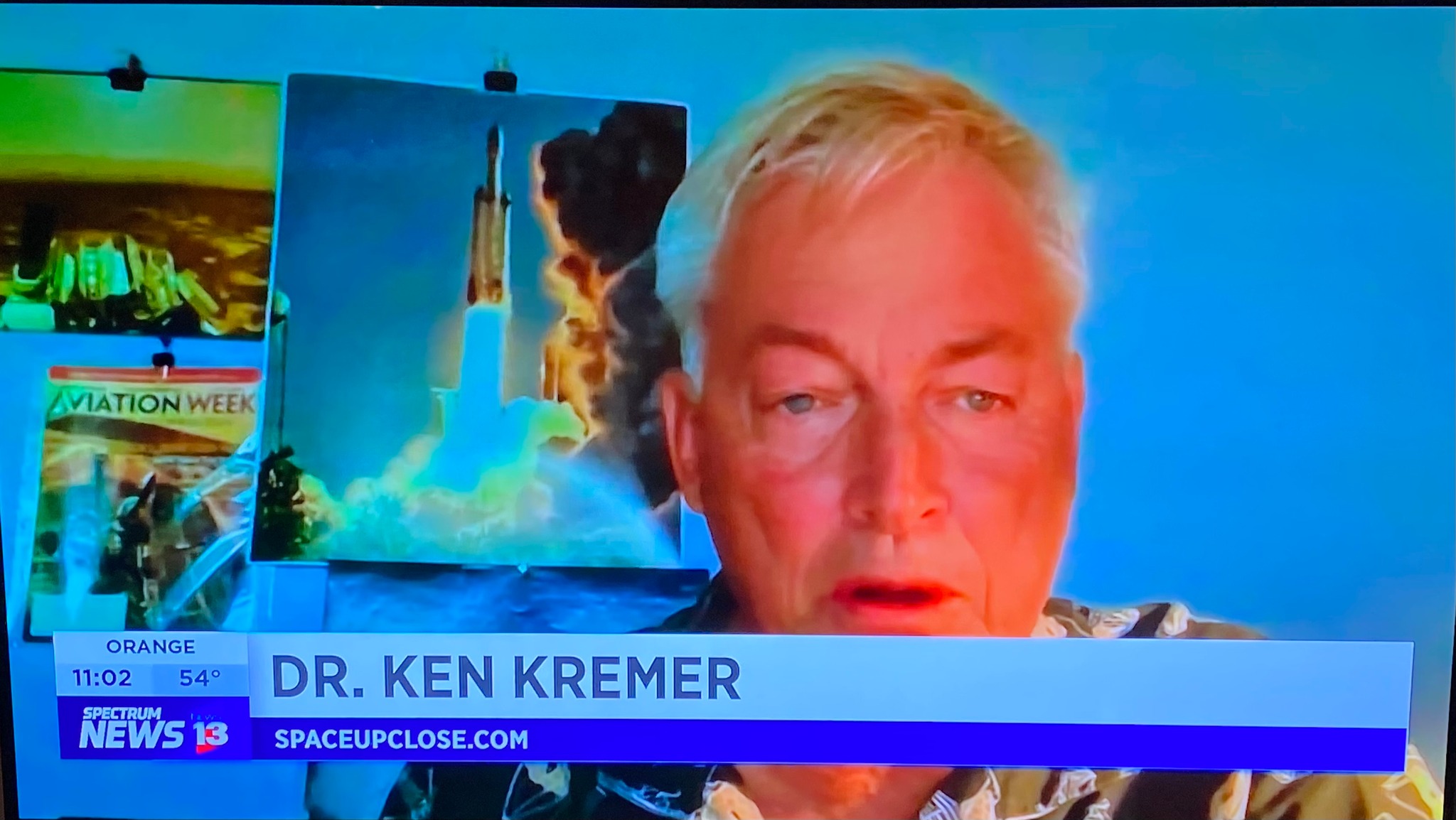
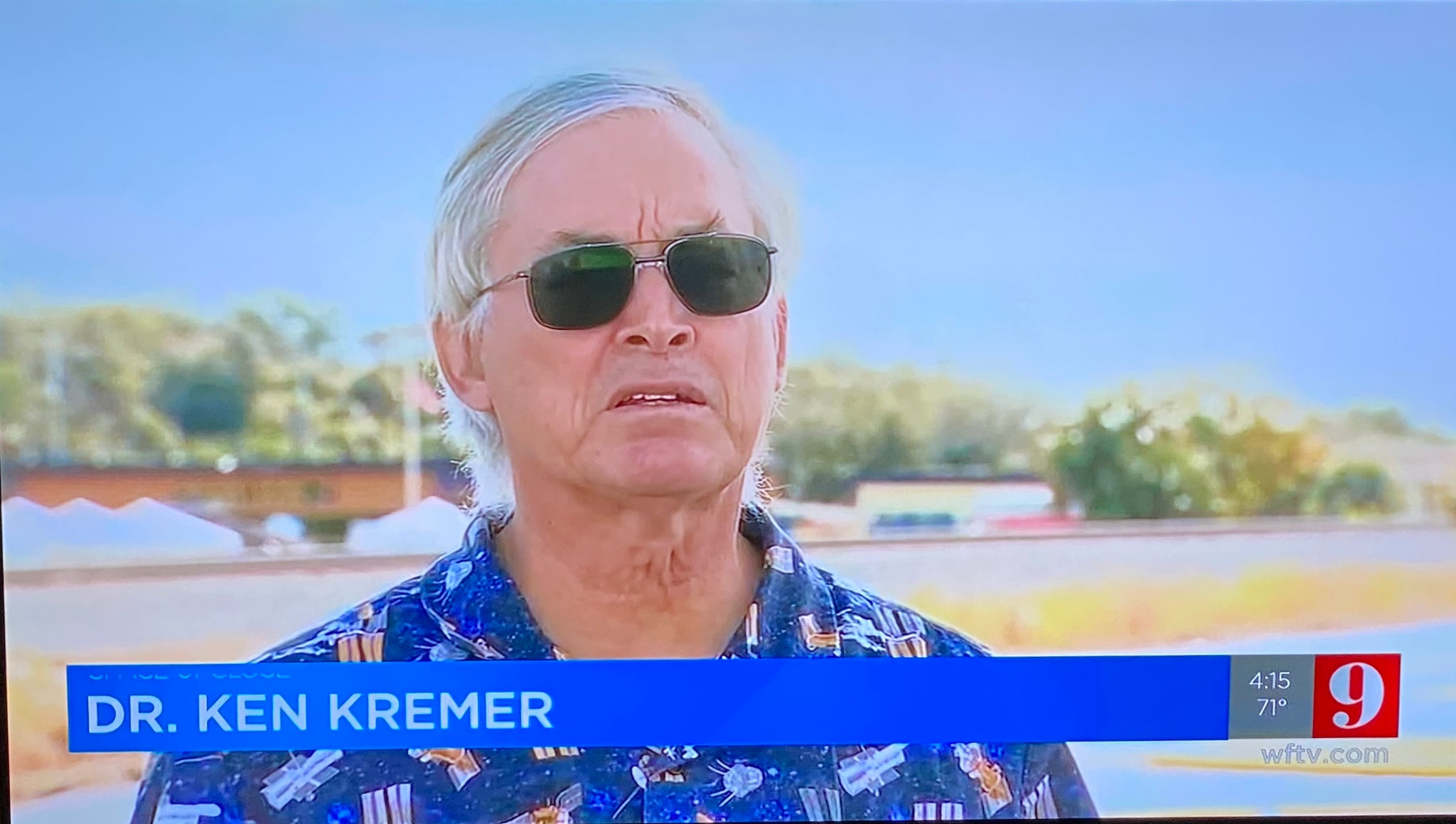
x



